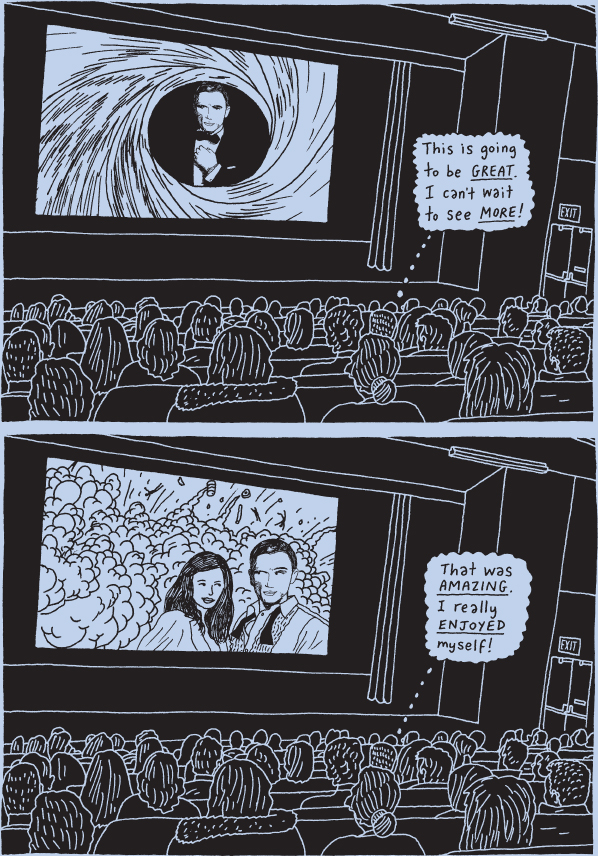INTRODUCTIONS AND CONCLUSIONS
Printed Page 279
10
INTRODUCTIONS AND CONCLUSIONS

Look for the  throughout the chapter for online video activities at bedfordstmartins.com/speakup.
throughout the chapter for online video activities at bedfordstmartins.com/speakup.
 Strong introductions create audience interest; strong conclusions create lasting impressions.
Strong introductions create audience interest; strong conclusions create lasting impressions.
You’ve finally had time to break away from your schoolwork and go see the latest James Bond movie. You’re sitting in the theater, munching popcorn as the curtains open, the lights dim, and the film’s opening sequence starts to roll. Every element of that sequence—the music, the visuals, the credits for the movie’s title and cast—conveys information about the film and heightens your desire to see more.
For the next two hours, you’re transported into an exciting world. And at the end of the movie, you’re left with the lasting sense that you’ve had a great time. The final close-ups of Bond’s face, the swelling of the classic James Bond theme, and the sweeping views of gorgeous scenery as the camera pans back—all of these elements combine to conclude your experience on a satisfying note.
Just as a movie’s opening and closing elements powerfully influence the quality of your theater experience, your speech’s introduction and conclusion play crucial roles in your audience’s reception of your message. An effective introduction builds audience interest, orients audience members to the speech, and establishes your credibility as a speaker, while a strong conclusion leaves audience members with an enduring impression of your speech.
Your next step after planning the body of your speech is to prepare the introduction and conclusion. Although these elements are shorter than the body, they’re just as crucial. After all, you won’t get your message across unless your audience is eager to listen. You also want your audience to remember your presentation long after it ends—so they can put the information you’ve imparted to them into action. In this chapter, we show you how to craft memorable beginnings and endings to your presentations.